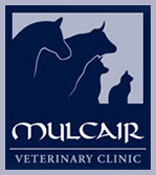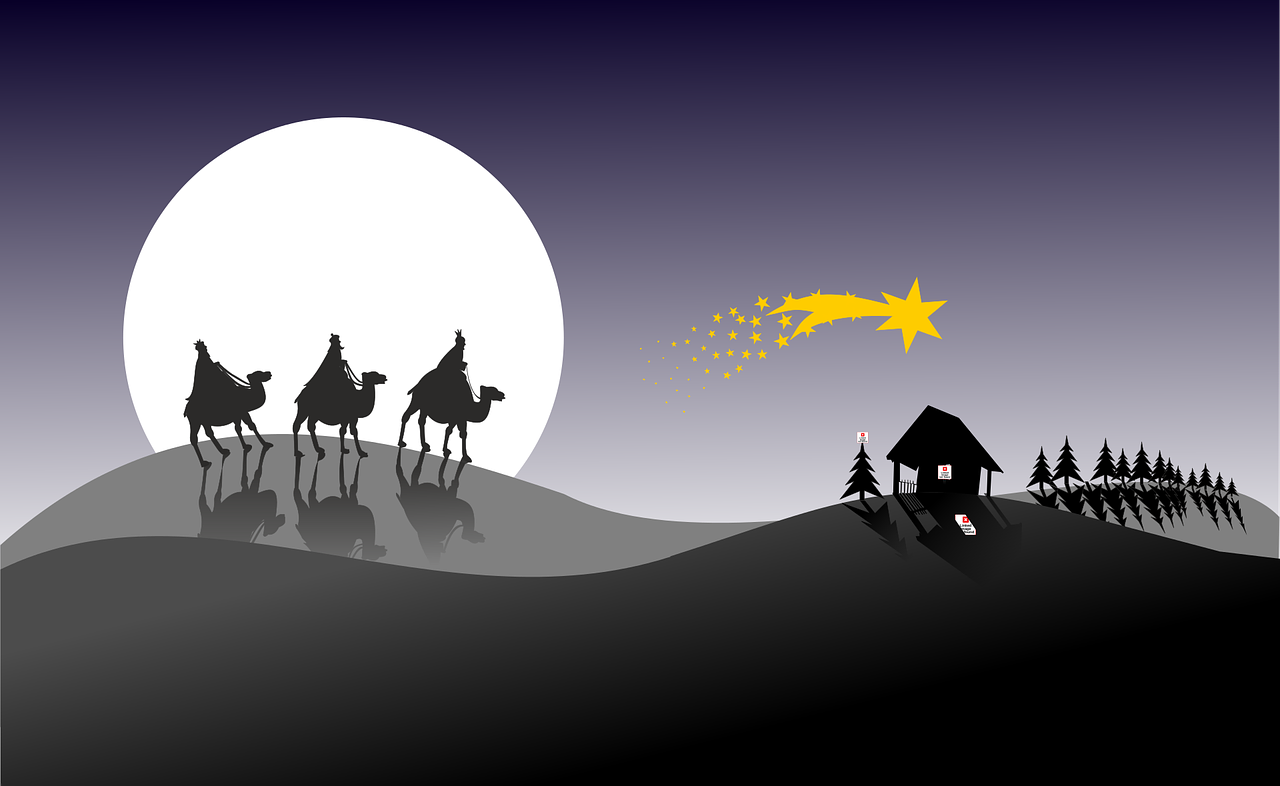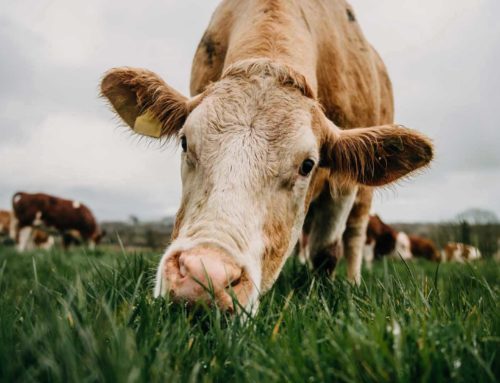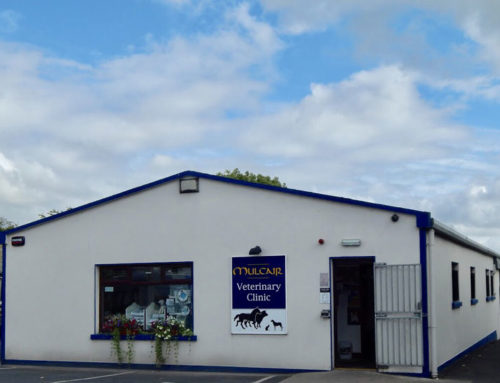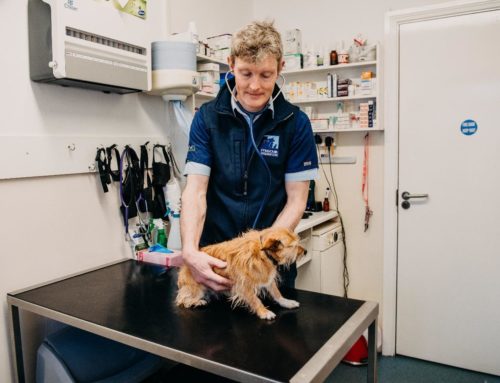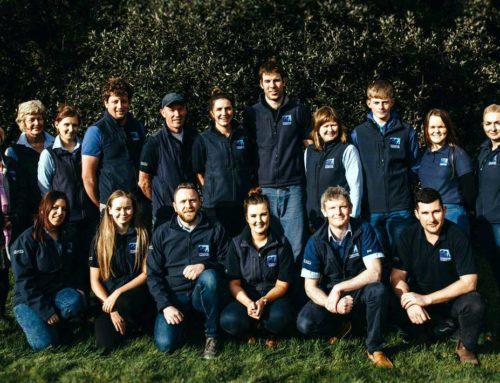For the past number of years, a small crib featuring the nativity scene has been placed in a window of our veterinary clinic in Newport, Co Tipperary. This crib, over the years, has had many animals added to the original cow and donkey. At this stage there is also a dog, cat, some pigs, a horse, poultry and sheep. The nativity scene can be a meditative tool, it reminds us of the miracle of a birth in a stable and it is in stark contrast to our modern complex world where life is full of stress and complications. I certainly would not recommend a visit to Mulcair Vets if you are looking for religious advice but no matter if you are Jew or Gentile, I feel that if you are going to celebrate Christmas you should know a little bit about the Child who gives the feast it’s name, hence it’s presence.
A client mentioned last year that former Pope Benedict outlined that the presence of animals in the traditional nativity scene was a myth, but we at Mulcair Vets would never let the truth get in the way of a good story- so the animals will stay. None the less, I tried to find out which animals may or may not have been there.
It is easy to work out which animals were not present. The only horses in this region belonged to officers in the Roman Legion, locals didn’t have any. Mary and Joseph were Jewish, therefore pigs were seen as unclean and associated with paganism, so they definitely weren’t there. Camels, while they would have been ideal for the long journey of 150kms between Nazareth and Bethlehem, were also rare and only the wealthy owed them, so it is unlikely that a carpenter like Joseph would have had one. It is likely that the Three Wise Men had them, but that is another story. It is highly probable that there was a donkey as this would have been the most likely mode of transport that would have carried a heavily pregnant Mary. Cats, while revered in neighbouring Egypt, were rare in Judea, so much so that there is no word for cats in ancient Hebrew. Dogs were about, scavenging for food, but could have been rabid and had yet to gain the status of man’s best friend.
Luke says ‘there were shepherds out in the fields nearby, keeping watch over their flocks’ so this suggests that there could have been sheep and goats in the stable. Sheep and goats were the most common farmed animals in Judea at the time. They were invaluable for their milk, meat, wool and skin. Cows were much less common but not unknown. They were used for ploughing mainly but also in many Jewish religious rituals so were an important animal in their own right. Poultry were very common so surely there were a few hens, ducks and geese in the stable.
Hopefully you have time this Christmas to gaze into a crib and momentarily relax and forget the stresses and strains of farming in modern Ireland.
